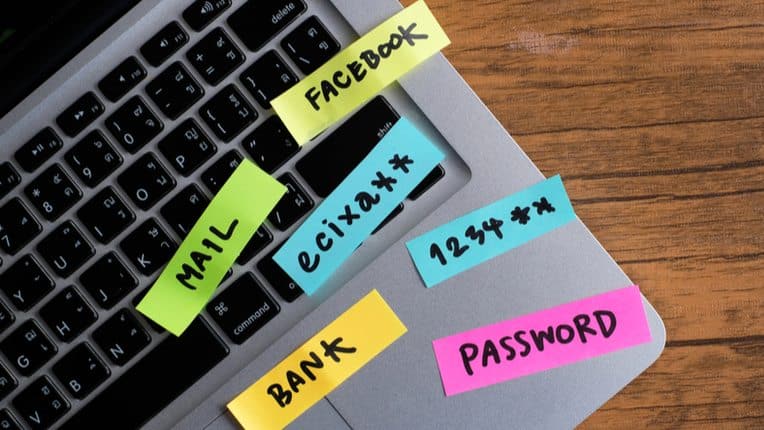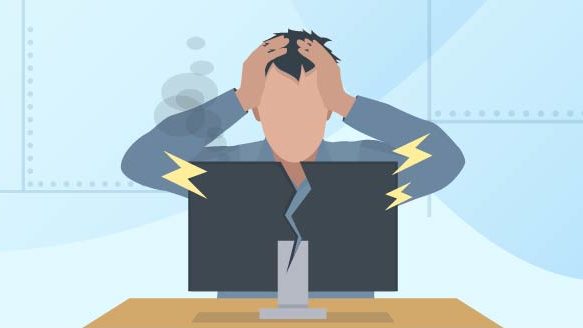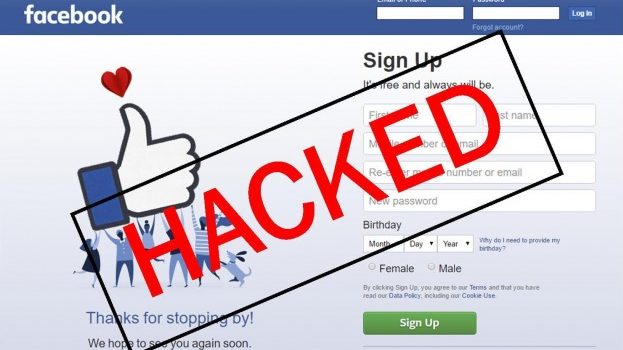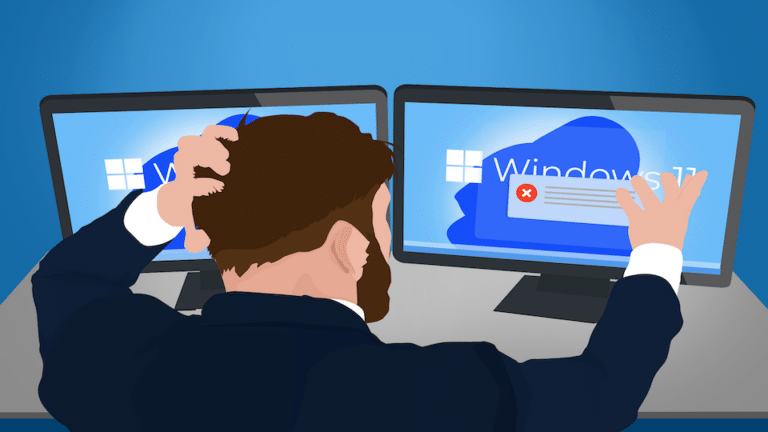Many of us tend to reuse the same passwords across multiple sites for convenience, despite the significant security risks involved. Hackers often exploit stolen credentials from one site to access others, including bank accounts linked to compromised email addresses.
Consider the case of MySpace, once a dominant social network. Even after its decline, millions of abandoned accounts remained vulnerable on their servers. In 2016, a data breach exposed 360 million usernames, emails, and passwords, which were later circulated on the dark web.
Whether or not you’ve used MySpace, consider how many different passwords you have across various websites. Most people maintain numerous accounts across social media, forums, utilities, and banks, often using the same password repeatedly.
To enhance security, it’s crucial to use unique, strong passwords for each login. Include a mix of capital and lowercase letters, numbers, and symbols whenever possible. While remembering such passwords might seem daunting, a password manager simplifies this task by securely storing and generating unique passwords for each service.
When using a password manager, you only need to remember one strong password to access your password vault. This vault can be synced across devices, backed up securely, and can even facilitate the creation of strong passwords.
Avoid using weak passwords like “Password123” and always enable Two-Factor Authentication (2FA) wherever possible. 2FA adds an extra layer of security by requiring not just a password, but also a unique verification method such as a confirmation email or a code sent to your phone.

Consider popular password managers like LastPass, which has a long-standing reputation for security and user trust. While setting up a password manager might seem complex, there are plenty of online tutorials available, or we can assist you directly.
We realized another unexpected benefit of using a password manager recently. One of our clients wanted to change from Bigpond to Gmail (which we can also help you with!), and they had their passwords stored in LastPass. Instead of resetting two dozen of forgotten passwords, we were able to log in quickly and change their email addresses in less than an hour.
An ounce of prevention is worth a pound of cure!







